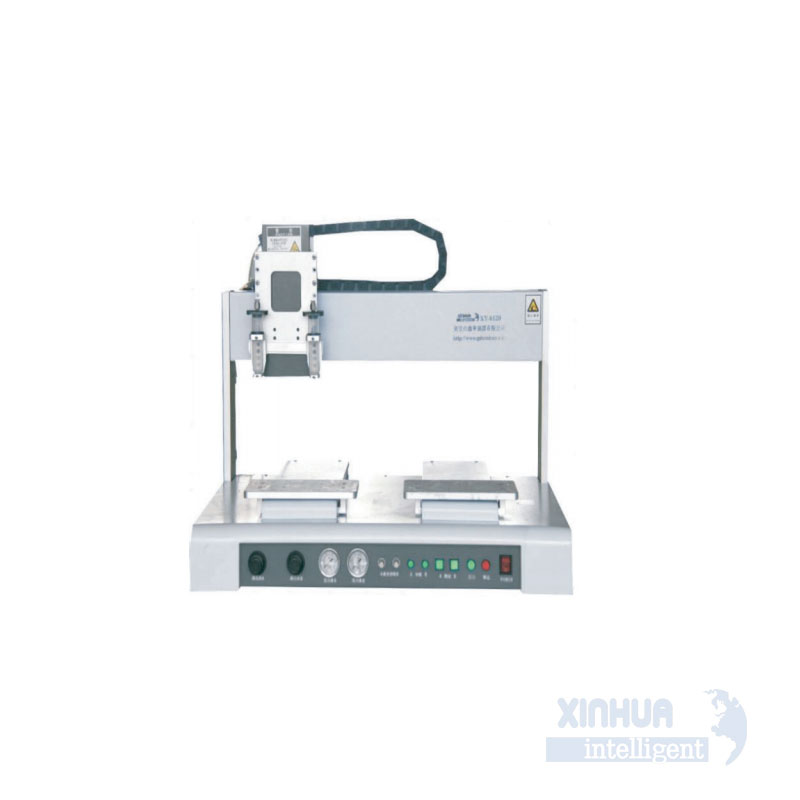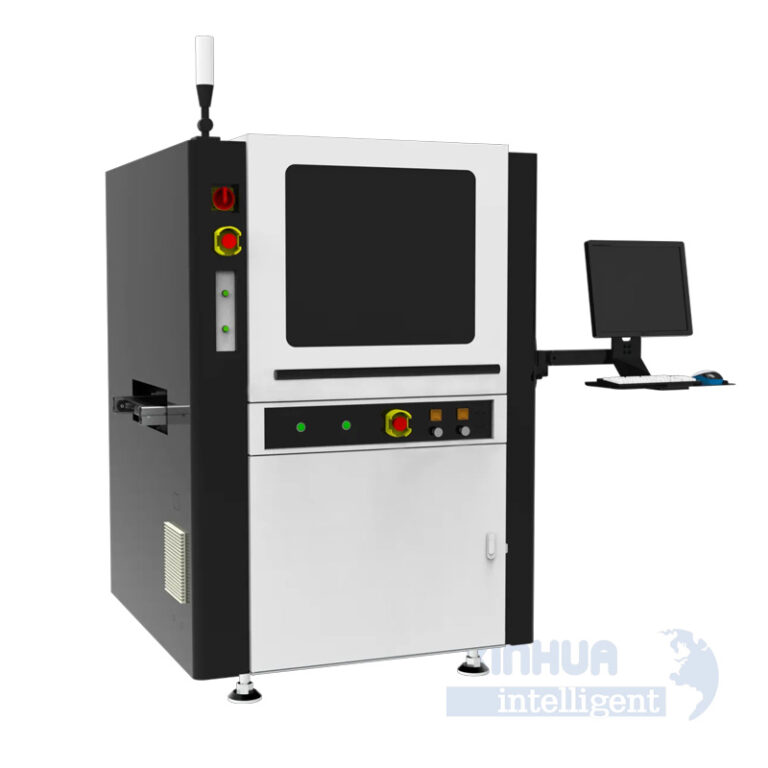
Title: The Evolution of Storage: How Smart Material Racks Are Revolutionizing Industrial Efficiency
In the rapidly evolving landscape of manufacturing, logistics, and warehouse management, efficiency is no longer just a goal—it’s a necessity. As industries strive to meet increasing demands while minimizing waste and maximizing productivity, traditional storage systems are proving insufficient. Enter the smart material rack—an innovative solution designed to address the shortcomings of conventional shelving systems with intelligent automation, real-time data integration, and adaptive storage capabilities.
This article explores the common pain points associated with traditional material storage, examines how smart material racks offer practical and technical solutions, highlights real-world applications across various industries, and concludes with insights on how companies like Xinhua Intelligent are leading this transformation.
—
1. Common Pain Points or Challenges in Traditional Material Storage
Despite decades of industrial progress, many facilities still rely on outdated storage systems that lack flexibility, visibility, and scalability. Below are some of the most pressing challenges:
A. Inefficient Space Utilization
Traditional racking systems often underutilize vertical space due to fixed configurations and manual retrieval processes. This leads to wasted square footage and limits the amount of inventory that can be stored in a given area.

B. Manual Inventory Management
Manual tracking and management of materials result in errors, delays, and inefficiencies. Without real-time data, warehouses face stockouts, overstocking, and inaccurate inventory records—issues that directly impact operational performance and customer satisfaction.
C. Labor-Intensive Operations
The reliance on human labor for picking, sorting, and retrieving items not only slows down operations but also increases the risk of workplace injuries and operational costs.
D. Lack of Integration with Modern Systems
Legacy storage systems rarely integrate with enterprise resource planning (ERP), warehouse management systems (WMS), or Internet of Things (IoT) platforms. This siloed approach hampers data flow and decision-making.
E. Inflexibility in Dynamic Environments
Manufacturing and logistics environments are increasingly dynamic, requiring rapid adaptation to changing product lines, seasonal demand fluctuations, and supply chain disruptions. Traditional racks simply cannot keep pace with these changes.
These limitations underscore the need for a smarter, more responsive storage infrastructure—one that aligns with the principles of Industry 4.0 and supports lean, agile operations.
—
2. Practical and Technical Solutions Offered by Smart Material Racks
Smart material racks are engineered to overcome the limitations of traditional systems through a combination of advanced hardware, software, and connectivity. Here’s how they provide effective solutions:
A. Automated Storage and Retrieval Systems (AS/RS)
Smart racks often incorporate AS/RS technologies, which use robotic arms or shuttle systems to automatically store and retrieve materials. This eliminates the need for manual labor, speeds up operations, and improves accuracy.
B. IoT Integration and Real-Time Monitoring
Equipped with sensors and RFID technology, smart material racks can monitor inventory levels, track item locations, and report on environmental conditions such as temperature and humidity. This real-time data enables proactive maintenance and optimized inventory control.
C. Dynamic Space Optimization
Using AI-driven algorithms, smart racks can dynamically adjust shelf positions based on usage patterns, product turnover rates, and space availability. This ensures optimal use of vertical and horizontal space, reducing congestion and maximizing storage capacity.
D. Seamless ERP/WMS Integration
Modern smart racks are designed to integrate seamlessly with existing enterprise systems. Through APIs and cloud-based platforms, they allow for synchronized inventory updates, order processing, and analytics, enhancing end-to-end supply chain visibility.
E. Energy Efficiency and Sustainability
Many smart rack systems are built with energy-efficient components and powered by renewable energy sources. Additionally, their compact design reduces the need for large facility footprints, contributing to sustainability goals.
F. Scalability and Modularity
Unlike static systems, smart material racks are modular by design. They can be expanded or reconfigured easily to accommodate new products, increased volumes, or different storage requirements without major overhauls.
By combining these technological advancements, smart material racks transform static storage into an active, intelligent component of the supply chain ecosystem.

—
3. Real-World Applications Across Industries
The adoption of smart material racks is gaining momentum across multiple sectors, each benefiting from tailored implementations that enhance productivity and reduce operational overhead.
A. Automotive Manufacturing
In automotive plants, where parts come in various sizes and must be precisely timed for assembly lines, smart racks ensure accurate and timely delivery of components. These systems reduce downtime by ensuring that the right part is available at the right time, improving just-in-time (JIT) manufacturing processes.
B. Pharmaceutical and Healthcare Logistics
Pharmaceutical companies require strict compliance with storage conditions and traceability standards. Smart racks equipped with temperature monitoring and automated dispensing systems help maintain regulatory compliance while streamlining inventory management and reducing human error.
C. E-commerce Fulfillment Centers
E-commerce giants face immense pressure to fulfill orders quickly and accurately. Smart material racks enable high-speed picking and packing operations, allowing for faster order fulfillment and improved customer satisfaction. Their ability to handle high SKU diversity makes them ideal for fast-moving retail environments.
D. Aerospace and Defense
In aerospace manufacturing, where precision and traceability are critical, smart racks support complex inventory needs. These systems ensure that sensitive components are stored securely and retrieved efficiently, meeting stringent quality control and documentation requirements.
E. Food and Beverage Distribution
Perishable goods require careful handling and rotation to prevent spoilage. Smart racks with FIFO (First-In, First-Out) inventory logic and condition monitoring help maintain product integrity while optimizing warehouse throughput.
Across these diverse applications, smart material racks prove their versatility and value, enabling organizations to achieve higher levels of operational excellence.
—

4. Conclusion: Embracing the Future of Storage with Xinhua Intelligent
As we move further into the era of smart manufacturing and digital logistics, the role of intelligent storage solutions becomes increasingly vital. Smart material racks are no longer a luxury—they are a strategic asset that can significantly improve efficiency, accuracy, and responsiveness in today’s competitive industrial environment.
Xinhua Intelligent, a leader in smart storage and logistics solutions, has been at the forefront of this transformation. With cutting-edge technologies and a commitment to innovation, Xinhua offers customized smart material rack systems designed to meet the unique needs of various industries. From automated retrieval systems to fully integrated IoT-enabled racks, Xinhua provides scalable, future-ready solutions that empower businesses to thrive.
If you’re ready to elevate your warehouse or production line to the next level of intelligence and efficiency, consider partnering with Xinhua Intelligent. Explore our range of smart material rack solutions today and discover how we can help you unlock untapped potential in your operations.
Contact us now to schedule a consultation and take the first step toward a smarter, more efficient future.
